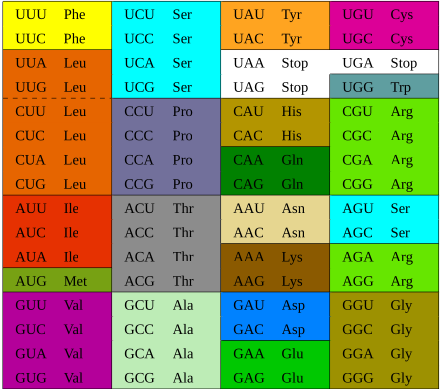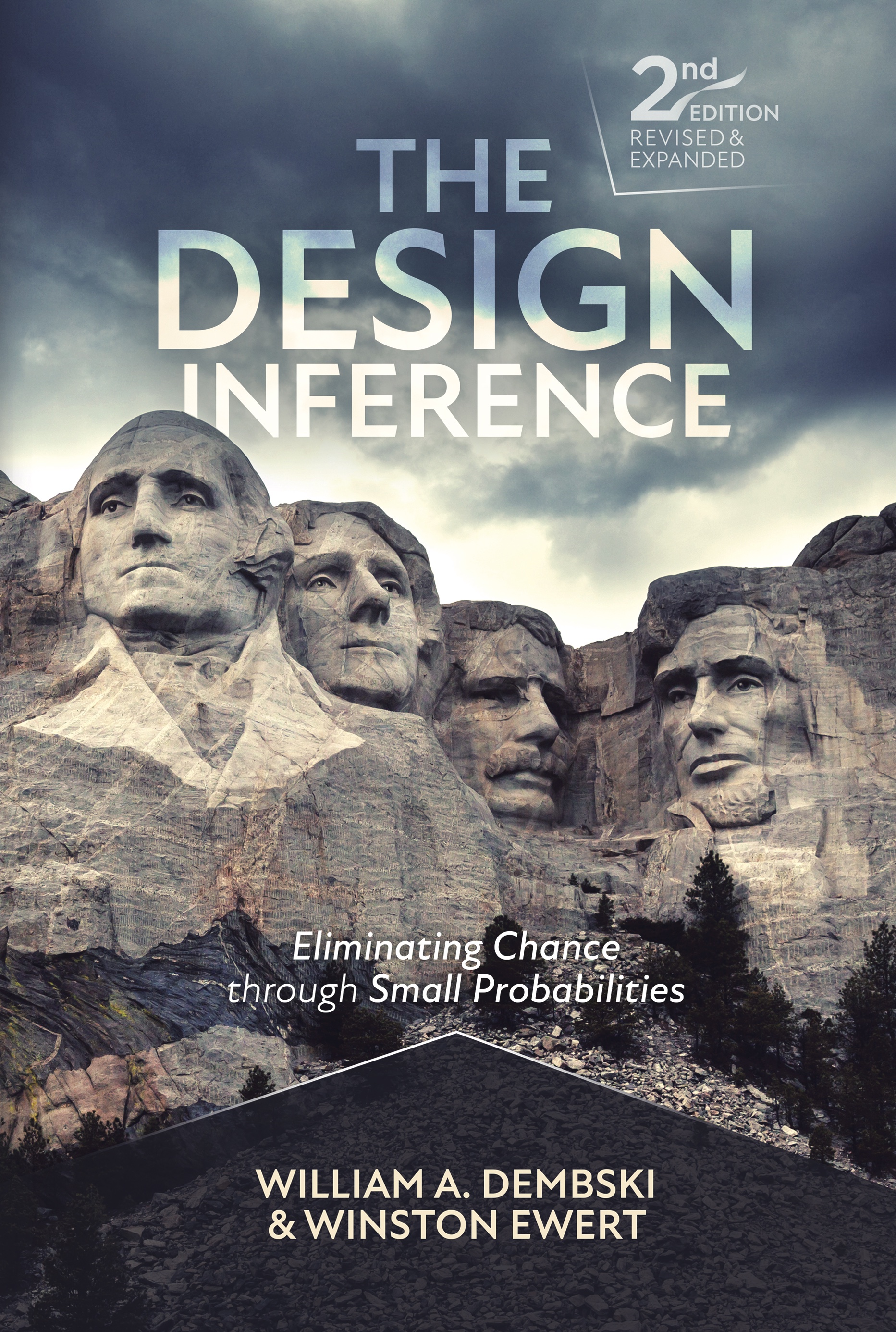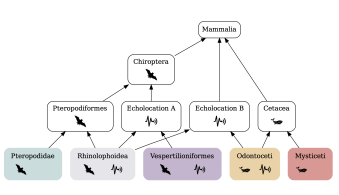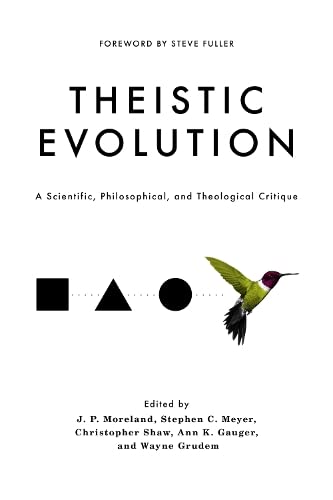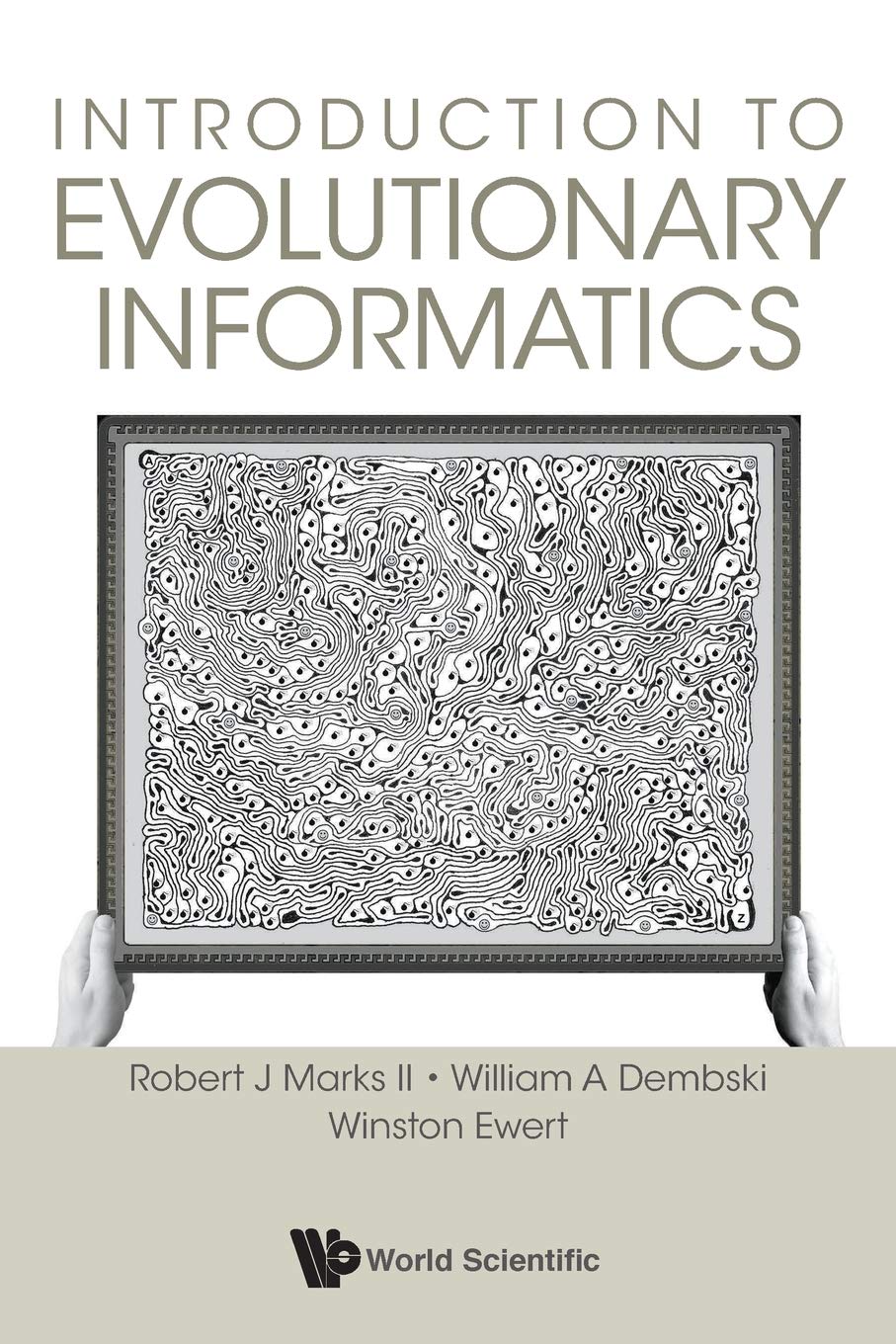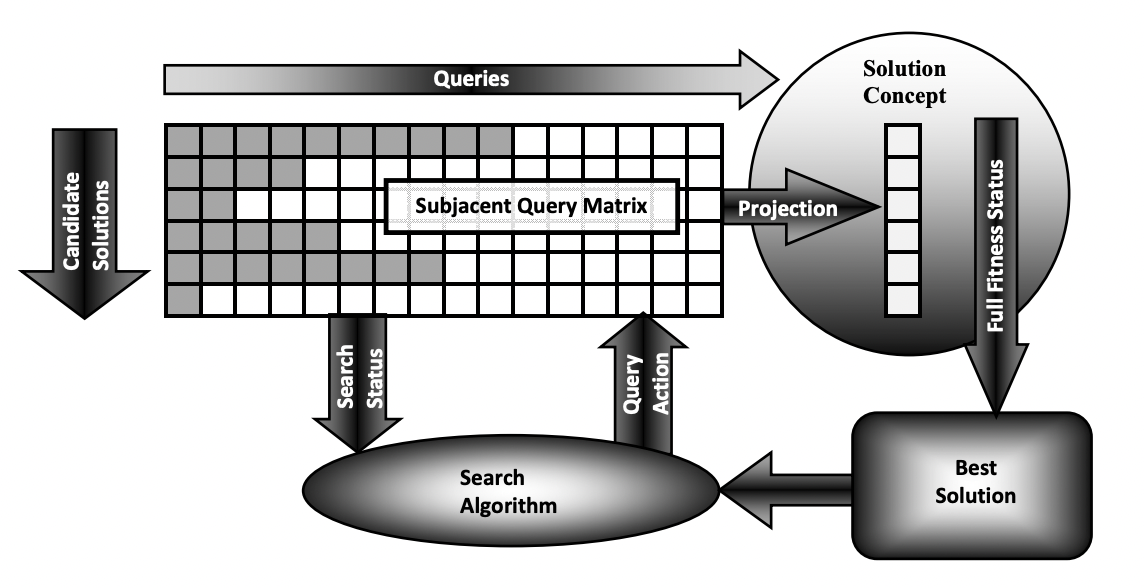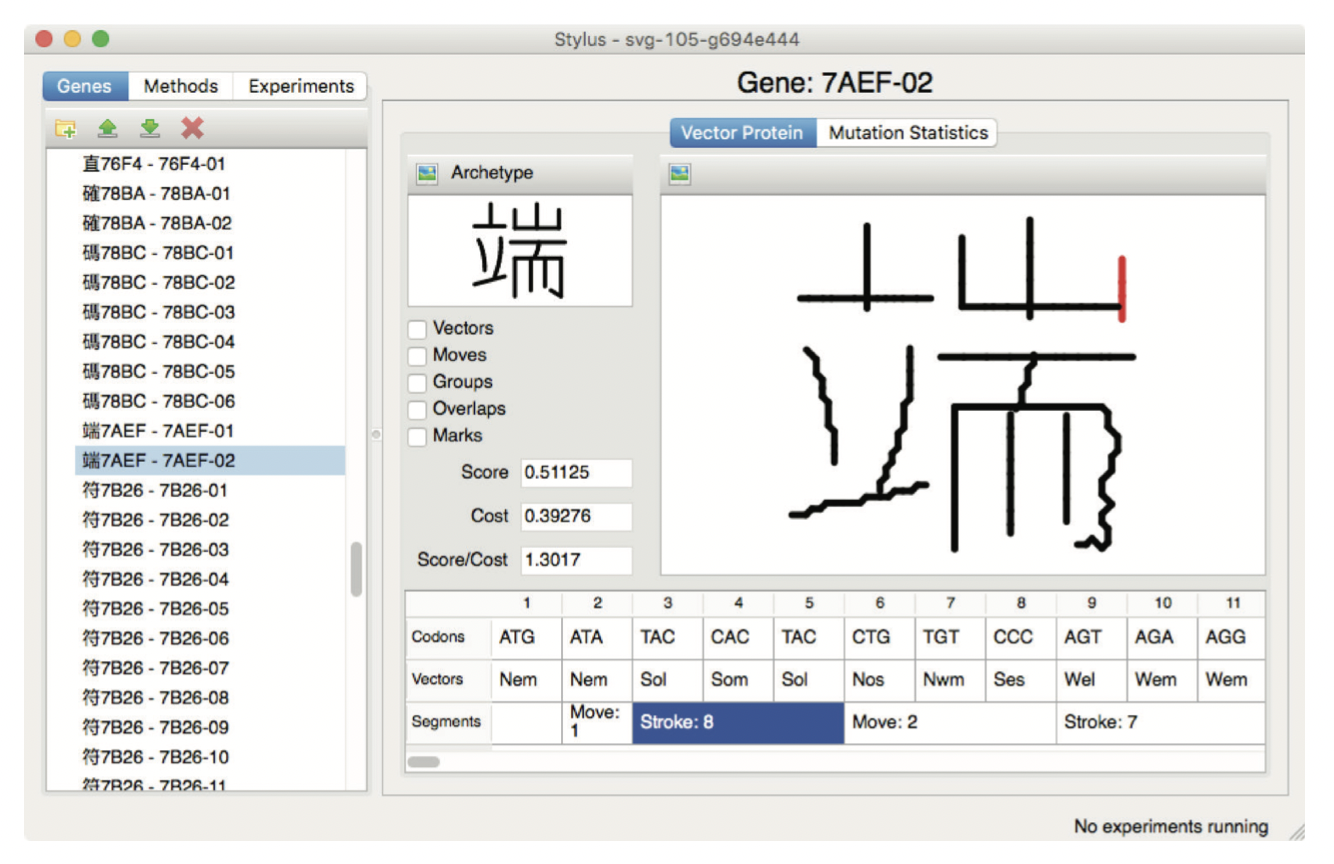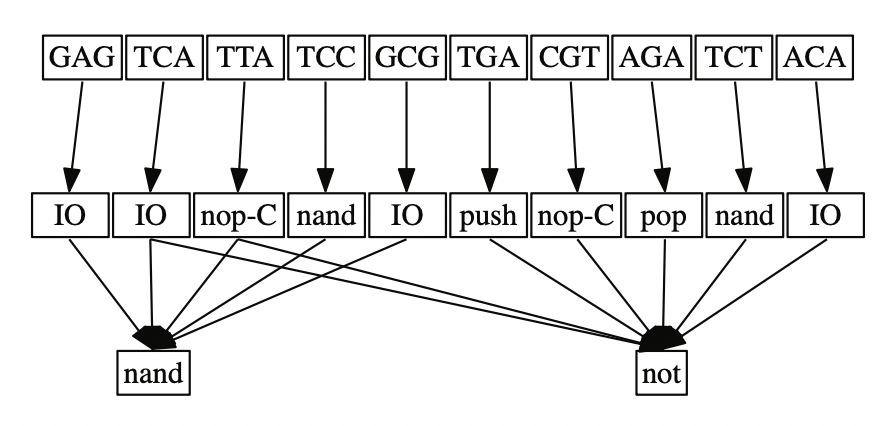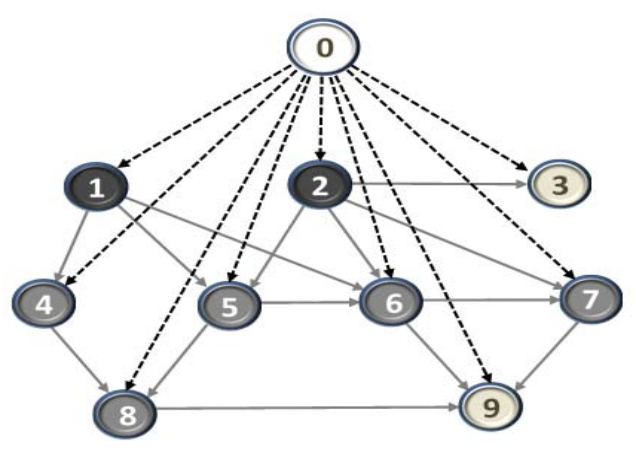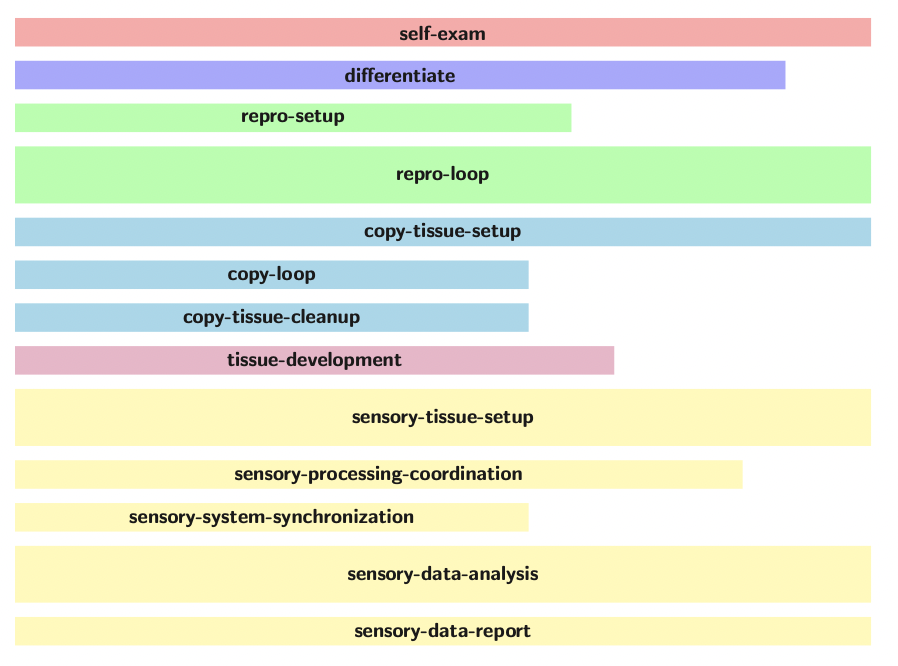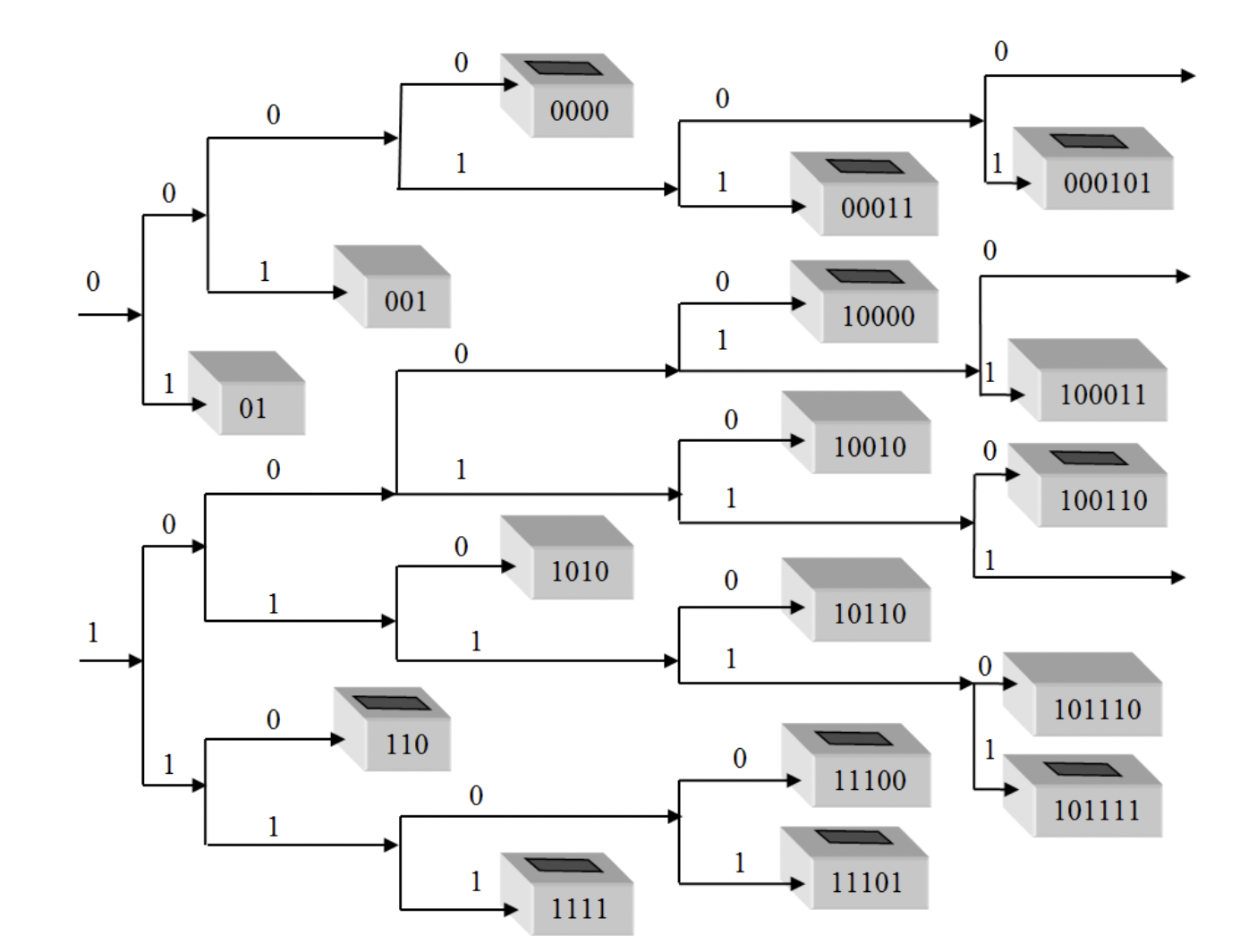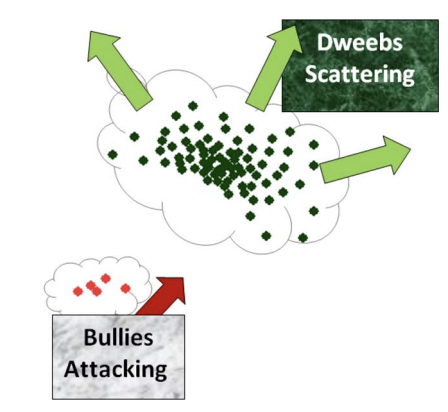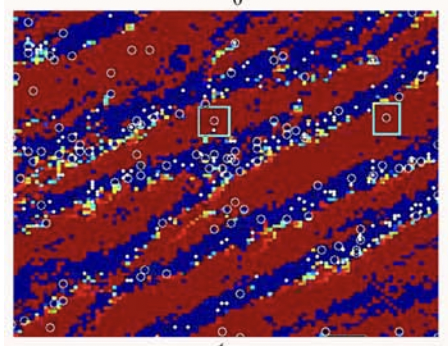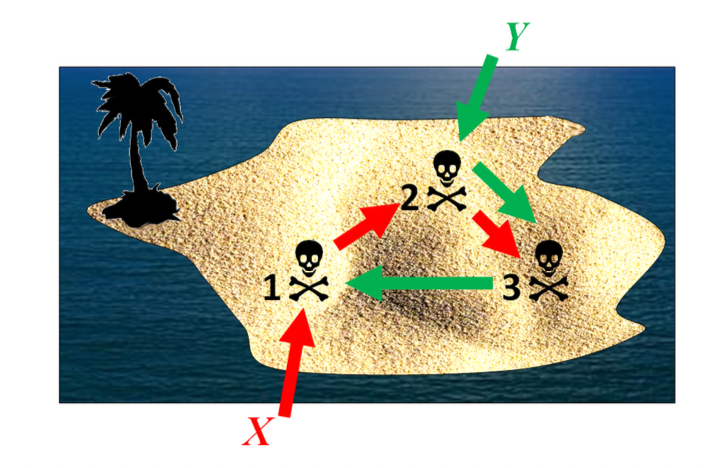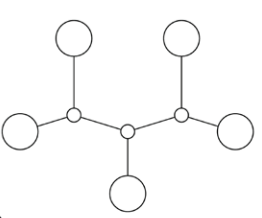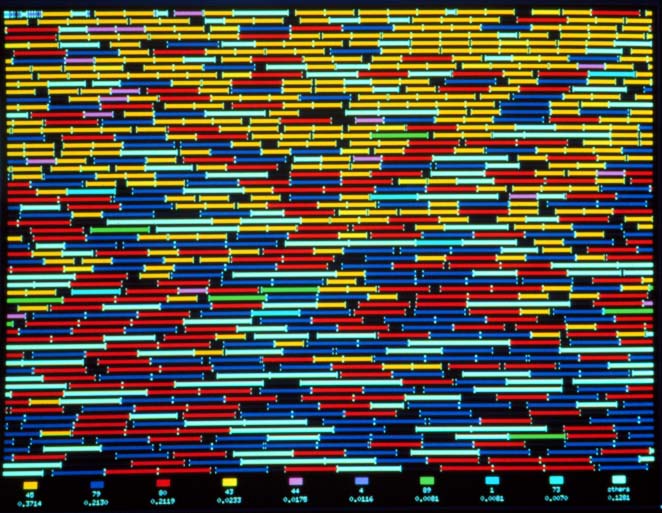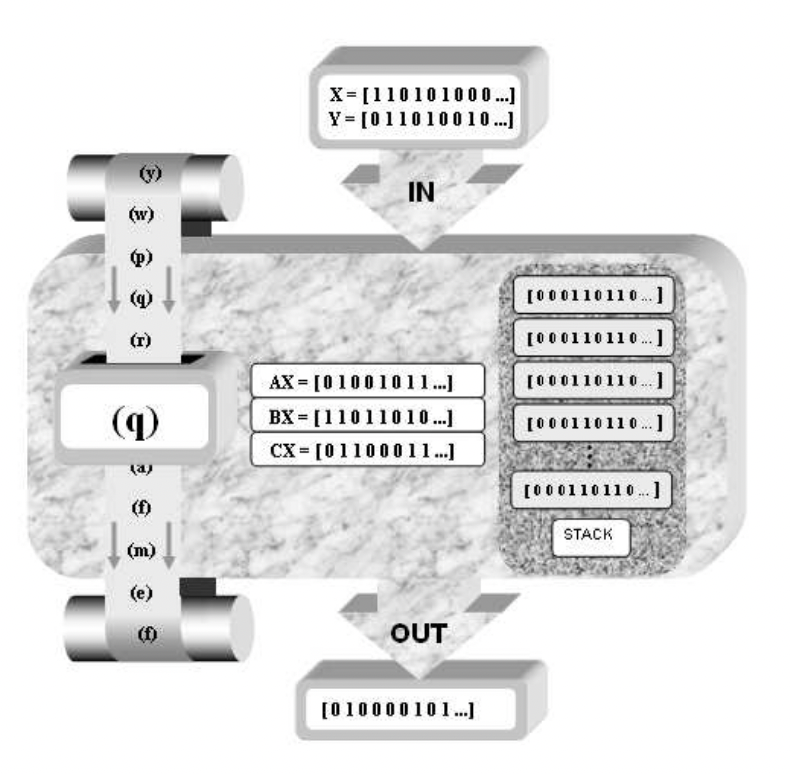About Dr. Ewert

Dr. Winston Ewert is a software engineer and researcher who applies principles of computer science to understanding the complexity of life. He earned a Bachelor of Science in Computer Science from Trinity Western University, a Master of Science in Computer Science from Baylor University, and a Ph.D. in Electrical and Computer Engineering from Baylor University.
His work centers on intelligent design, with particular focus on computer simulations of evolution, the development of specified complexity, and modeling genomes as sophisticated information systems.
Winston Ewert currently serves as:
- Senior Fellow at The Walter Bradley Center on Natural and Artificial Intelligence
- Senior Research Scientist at The Biologic Institute
- Senior Researcher at The Evolutionary Informatics Lab

